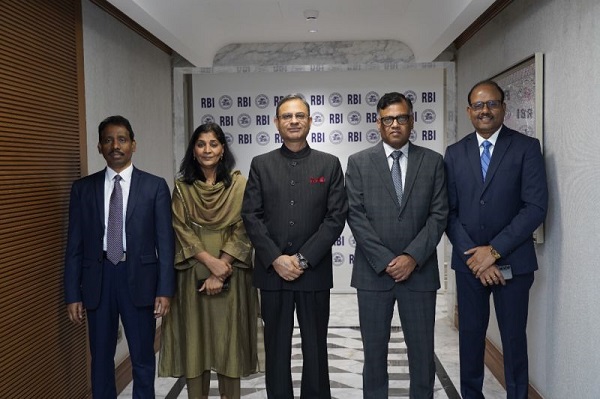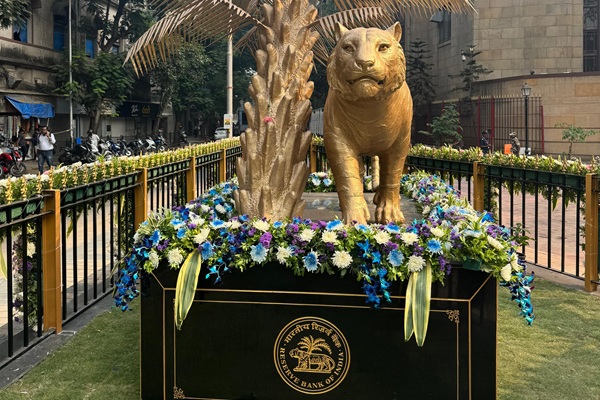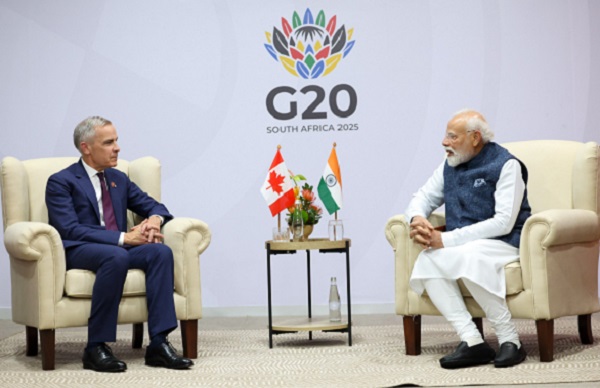.png)
Powell Weighs Politics and Data as Trump Heat Clouds Fed’s Path
Political fire and mixed data frame this week’s Fed decision; Powell must hold the centre while keeping September easing firmly in play.
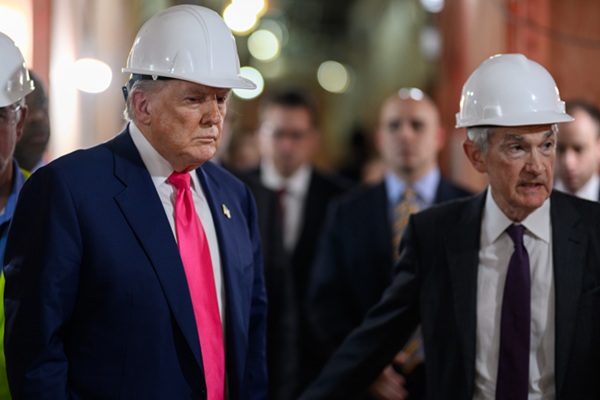
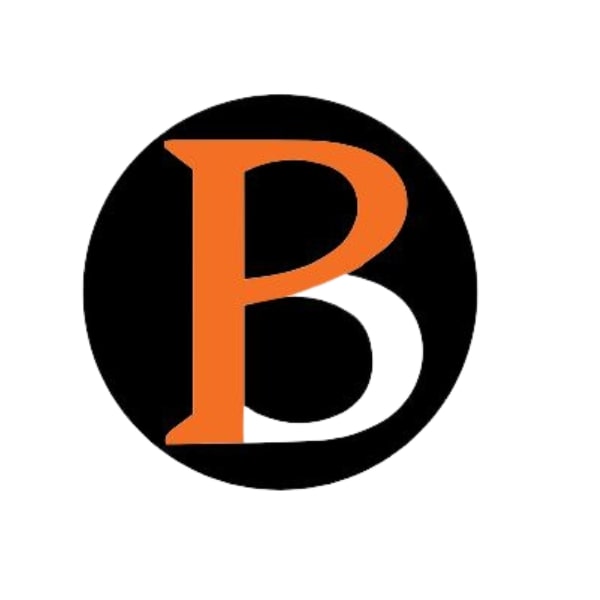
Groupthink is the House View of BasisPoint’s in-house columnists.
July 29, 2025 at 11:02 AM IST
The Federal Reserve heads into this week’s policy meeting balancing an unusual public political clash with mixed macroeconomic signals. President Donald Trump’s calls for immediate rate cuts, amplified by his criticism of the Fed’s $2.5 billion headquarters renovation, coincide with an internal debate about whether softening labour data and muted tariff effects warrant action now or later.
The latest CME FedWatch probabilities underscore this caution: only 3.1% of traders expect a cut at this meeting, while 61.8% price in easing by September.
The committee is split into three blocs. At one pole, Governors Christopher Waller and Michelle Bowman argue for immediate cuts, contending that headline unemployment rates mask weakness in private sector hiring. At the other end, inflation hawks led by Atlanta Fed President Raphael Bostic warn that tariff enforcement is incomplete and that price pressures could build over the summer. Between them sits the largest group, Mary Daly, John Williams and others, who want at least two more months of inflation and labour readings to confirm that disinflation is durable and the labour softening is not a false signal.
For Chair Jerome Powell, this is not just about macroeconomics but also about institutional credibility. Cutting now could be read as capitulating to political pressure; holding firm may fuel perceptions of obstructionism in an election-charged environment. Either path risks unanchoring expectations: markets could see the Fed as either politicised or deaf to genuine labour market strain.
The macro trade-offs are finely balanced. Inflation has retreated from its 2021-22 peaks but remains unsettled. Equity indices are at record highs, and long-term yields remain high, suggesting that financial conditions are not overly loose. A premature cut risks a repeat inflation flare-up, forcing a painful reversal. Yet, restrictive real rates are already squeezing hiring, particularly among service firms and small businesses. A small insurance cut could protect employment without igniting fresh price surges.
The least bad option is likely to hold rates steady this week while opening the door to conditional easing in September. Signalling readiness to act, linked explicitly to incoming data, preserves flexibility, gives markets clearer forward guidance and cools the political confrontation without surrendering independence. By September, the Fed will have two additional months of labour and inflation data and a clearer sense of how tariff pass-through is evolving.
This approach reflects the Fed’s broader risk management philosophy. As former Dallas Fed President Robert Kaplan put it, central banks can afford to be “a meeting or two late,” but not “a year or two wrong.” That logic argues for patience, particularly when political heat is at its highest.
For India, the Fed’s choice matters directly. A US cut would narrow the rate differential, ease pressure on the rupee and give the Reserve Bank of India more room to support growth without triggering capital outflows. Yet it is not an unqualified boon: if Fed easing signals deeper weakness in the US economy, global demand for India’s exports could falter. RBI policymakers, confronting their own disinflation and slowing domestic momentum, will quietly welcome a dovish Fed tilt, but will wait for clarity before synchronising their own moves.
For Powell, the test is whether the Fed can steer through this storm with credibility intact. Signalling data dependence rather than political compliance is the surest way to protect the institution’s long-term standing, even if it means enduring a bruising fight in the short term.

